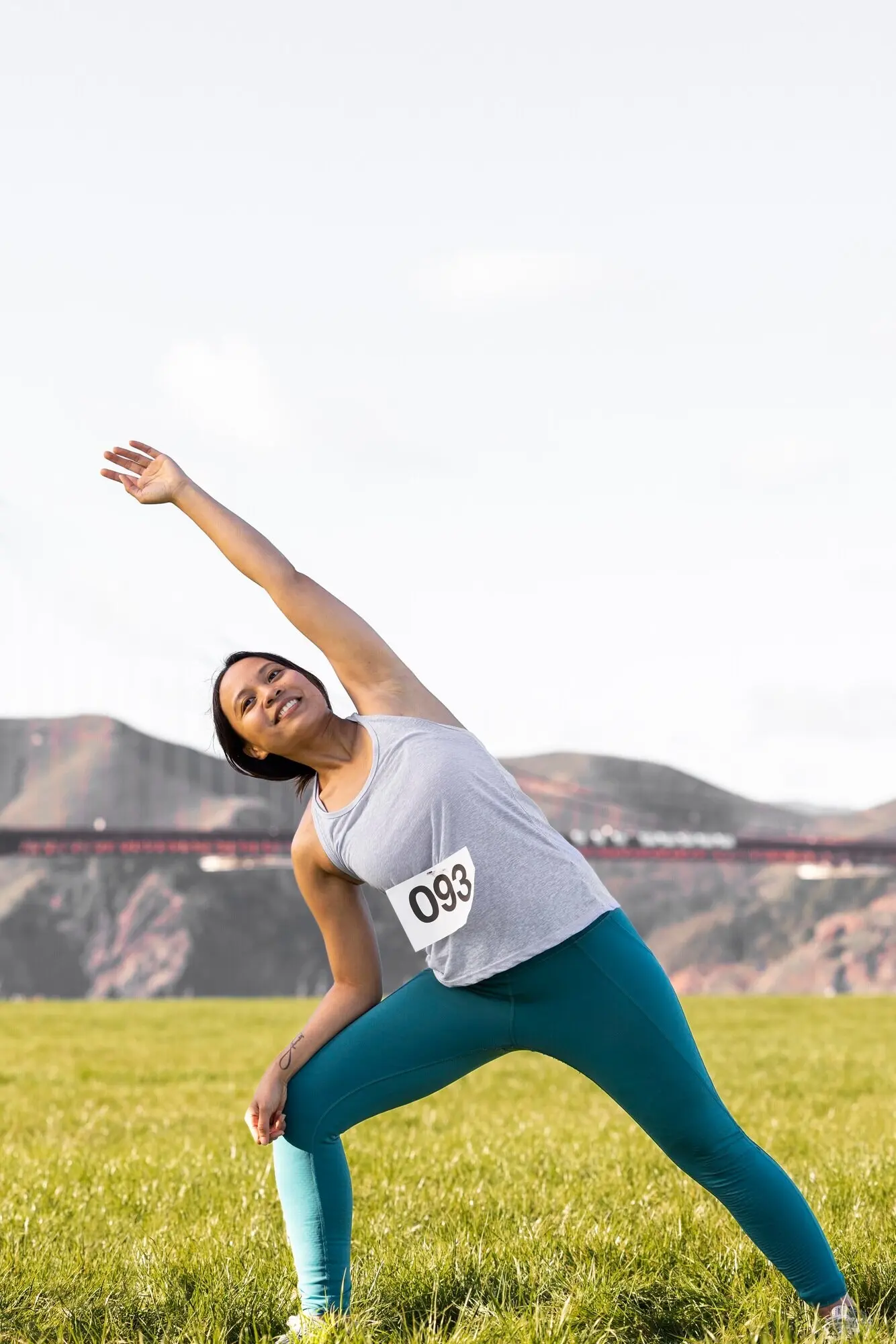Run Smarter: Harness Pacing, Negative Splits, and Data-Driven Strategy


The Physics and Physiology Behind Sustainable Speed
Effort, Speed, and the Cost of Going Too Fast
Starting above sustainable pace spikes lactate, burns glycogen disproportionately, and wrecks form long before the clock shows it. Small early surges feel harmless yet create debt that compounds on hills and heat. We’ll explore cues that reveal this invisible cost and teach controlled acceleration without sabotaging the closing kilometers or miles.
Thresholds That Guide Decisions
Knowing your aerobic and lactate thresholds turns vague ambition into numbers tied to sensation. Field tests, recent workouts, and talk-test observations align to produce zones that travel from training to racing. With anchored ranges, you can accept early patience, then unlock speed as conditions, fueling, and confidence confirm the green light.
Designing Negative Splits Without Panic or Drift
Start Controlled: The First Kilometer or Mile
The opening segment decides your finish more than your fitness test does. Use tiny anchors: relaxed shoulders, conversational breath, cadence steadier than the cheers. Let the over‑excited field go. Ten seconds saved here often costs minutes later. Controlled beginnings invite negative splits without drama, fear, or unnecessary mid‑race bargaining.
Middle Management: Holding Form While Others Fade
Here, patience becomes competitive. As early sprinters tie up, you protect economy with tall posture, quick feet, and fueling on schedule. Data confirms restraint: heart rate stable, power even, pace flexing with slopes. Each disciplined kilometer or mile sets up the last surge, not a panicked rescue mission.
Closing Strong: Elastic Energy, Cadence, and Belief
With reserves intact, cadence lifts a touch, arms drive, and the watch finally gives permission. You pass more than you’re passed. Micro‑goals stack: the runner ahead, the corner, the hill crest. Belief grows from data and sensation agreeing, turning a controlled start into a decisive, exhilarating finish.
Data That Matters: From Heart Rate to Running Power

Training That Teaches Discipline
Progression Runs and Descending Intervals
Fast Finish Long Runs with Fuel Constraints
Tempo Sandwiches and Cruise Intervals
Mindset, Decision Rules, and Adaptive Confidence
Calm Starts: RPE Anchors, Breathing, and Patience
Begin with two body checks and one environment check: shoulders loose, jaw soft, crowds noisy but not dictating. Assign a conservative perceived effort number and protect it for the opening segment. This ritual quiets nerves, resists social pressure, and converts adrenaline into rhythmic movement rather than reckless opening pace.
When Plans Bend: If-Then Rules Reduce Stress
Define decisions beforehand: if heart rate rises above target after halfway without heat, then slow five seconds per kilometer; if headwind arrives, then draft or shorten stride; if cramps whisper, then adjust cadence and take sodium. Pre‑writing these rules preserves composure, trimming cognitive load exactly when clarity matters most.
Post-Race Debrief: Learning Loops and Community Feedback
Write what worked while sensations are fresh: splits, cues, fueling, weather, and moments of doubt you overcame. Share highlights and questions with training partners or comments here. Constructive reflection turns one performance into fuel for the next, reinforcing the habits that enable measured starts and thrilling negative split finishes.
All Rights Reserved.


